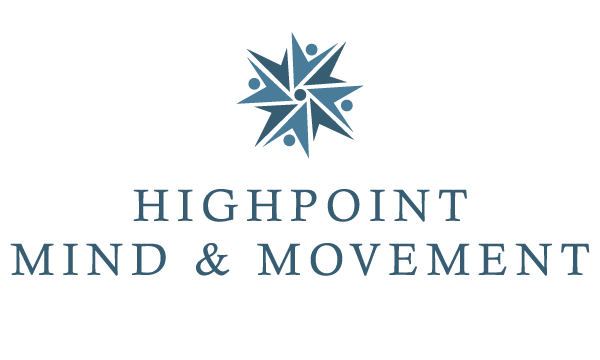How to Bring Music into Your Life for the Greatest Benefit
Listening to music stimulates a tremendous amount of brain activity in and of itself. There are ways, however, to enhance the experience of music beyond listening that provide a comprehensive brain workout to increase the pleasure factor, keep our brains young and active, develop a child’s brain, and make us healthier. Singing, dancing, drumming, or learning an instrument add entirely different dimensions to our music experience and require our brains to work multi-dimensionally and rapidly. But you don’t have to become an expert at any of these. A few musical lessons or simple dance steps or other musical tasks are all you need to reap the benefits. If we want to maintain our brains in the best possible way for the longest amount of time, combining song, dance, drumming, or music lessons with our experience of music will surely give us an edge!
Singing
Research shows that singing in a group makes you happier—it’s a combination of both the stimulation from social interaction as well as the music. Your voice comes from the lungs and abdomen to express itself with the help of vibrations of the bones of the head, lips, teeth, tongue, and palate. In essence, your body becomes an instrument of sound. Singing sends vibrations throughout your entire body, which simultaneously lowers cortisol levels (the stress hormone) and releases endorphins, making us feel content. It also releases the antibody s-IgA, which boosts our immune system. The melodic changes of the music floods the body with dopamine, resulting in a sense of euphoria. If you are not in a group of singers, singing by yourself is just as good, though! Singing releases oxytocin (the happiness hormone), so even singing alone can be an instant mood booster.
Dancing
Dancing is musical, social, and fully engages the motor cortex. Dance can alter your brain volume – including within the hippocampus where new brain cells are produced –- by increasing gray matter and developing better integrity of the white matter. It promotes neuroplasticity (the ability of the brain to change and grow), improves overall brain function, and increases coordination skills that involve the arms, hands, fingers and feet (important for stability and flexibility.) Dancing offers significant improvement in memory, attention, body balance, and psychosocial aspects. Remember, you don’t have to be a professional! You can simply move your body to your favorite music.
Playing an Instrument
Multiple areas of the brain are involved when we play a musical instrument and each brain region has its own function that contributes to the process. For example, the frontal lobes, which are involved in planning, controlling our behavior, and decision-making, decide which key to touch or string to pluck, when, and in what combination. The motor cortex, which is responsible for movement, coordinates fingers, hands, and arms. Additionally, the sensory cortex provides a tactile response, which gives immediate feedback as to whether or not we have made all the correct movements in the right order. That’s a lot of neural signals flying back and forth throughout the brain! This neural activity increases gray matter in various brain regions as well as strengthens connections. Because of all this work being done by a very busy brain, there is an increase in blood flow as multiple brain regions are lit up and active. The hippocampus is then stimulated to do its work of producing new brain cells.
Try some simple instruments to start, like a harmonica, ukulele, or recorder. Or, take a few lessons – guitar and piano are a popular choice.
Drumming
Rhythm has a transformative effect on your brain. And drumming, with its intense, driving rhythm is a simple, enjoyable, and powerful activity available to everyone. You can do it by yourself, while you listen to music, or you can join a drumming group. You can add singing or vocalizations or chanting. It is so versatile.
Drumming accesses parts of the brain that other methods do not. It is very physical and the vibrations are felt throughout the body. The cerebellum, the region of the brain that coordinates and regulates muscular activity, immediately responds to the beat and locks us into the rhythm, making it difficult sit still! The sound resonates in the ears to stimulate the auditory centers of the brain and engages the limbic system to connect with our emotions.
Drumming offers immediate results. Right away, the physical movement combined with the beat and rhythm syncs up the brain’s own cellular rhythms. For this reason, drumming has been found to be helpful in both Parkinson’s patients and those who have suffered a stroke. Eve Marder, professor of neuroscience at Brandeis University, received the 2019 National Academy of Science award in the neurosciences and the Kavli Prize in Neuroscience in 2016 for her research into how neural circuits generate firing patterns that control rhythmic muscle movements. As she discovered, there are specific rhythm patterns in the brain and nervous system that control different motor sequences for different muscle activity. When you walk you use one sequence, when you run you use another, and when you turn around you use yet another. The Institute for Music and Neurologic Function, an organization that uses music to help patients who are unable to coordinate movements due to stroke or Parkinson’s, states that “strong rhythmic music allows these patients to walk, or even dance.” Rhythmic beats can help retrain the brain after neurological impairment.




